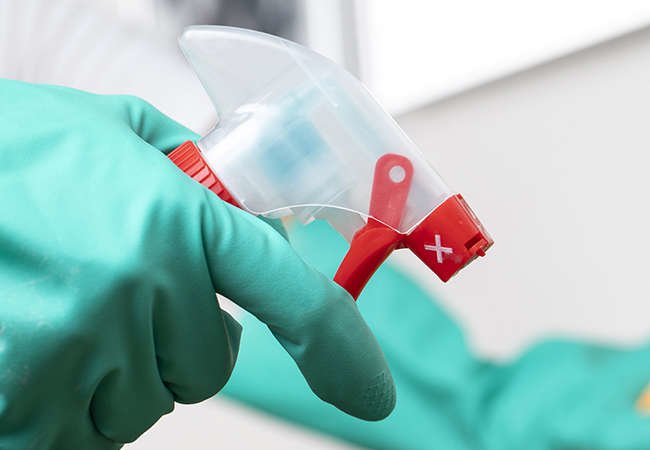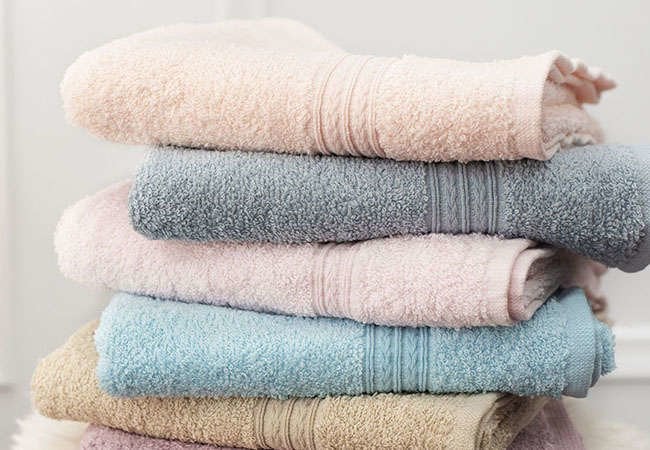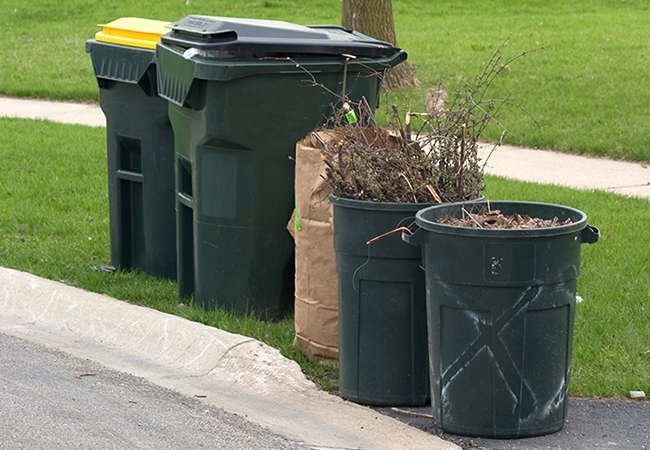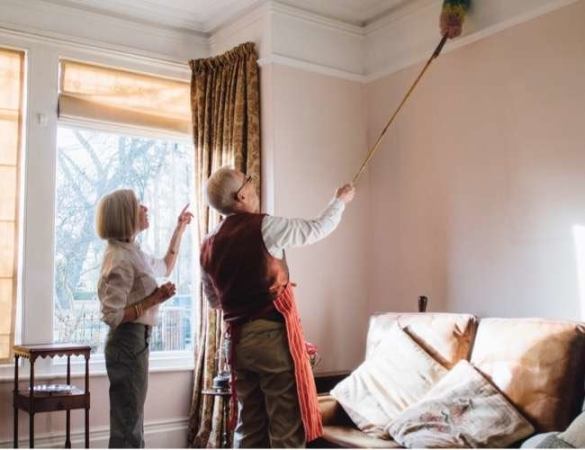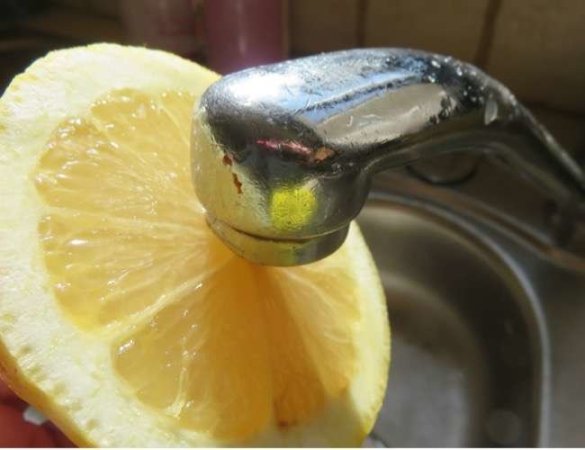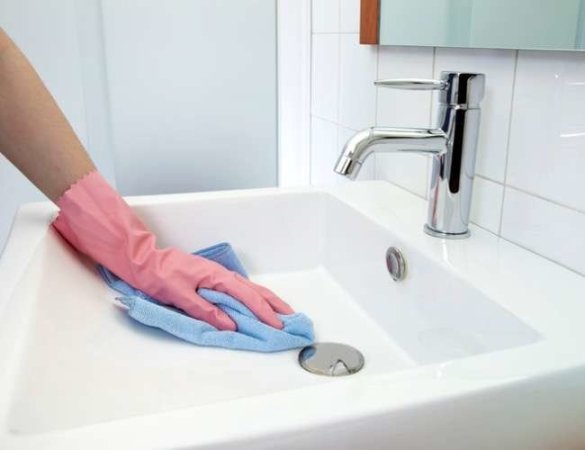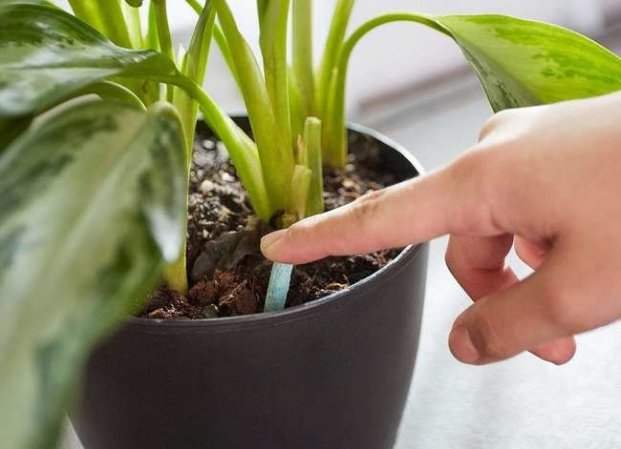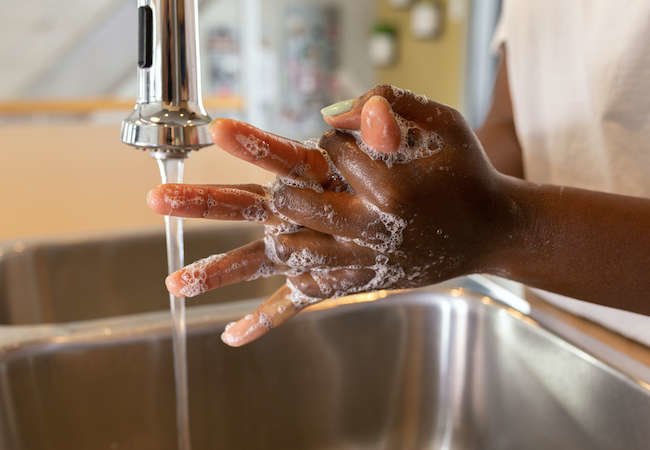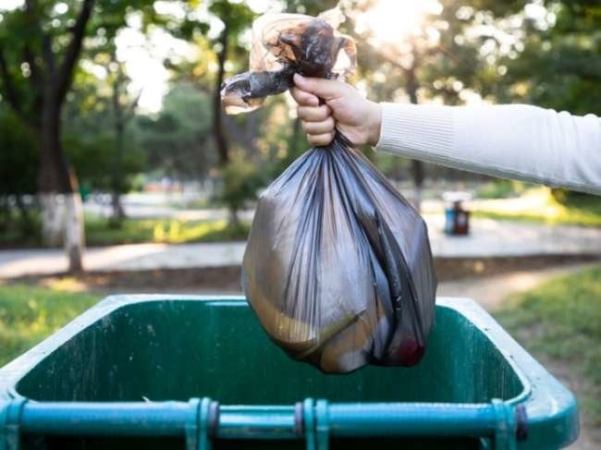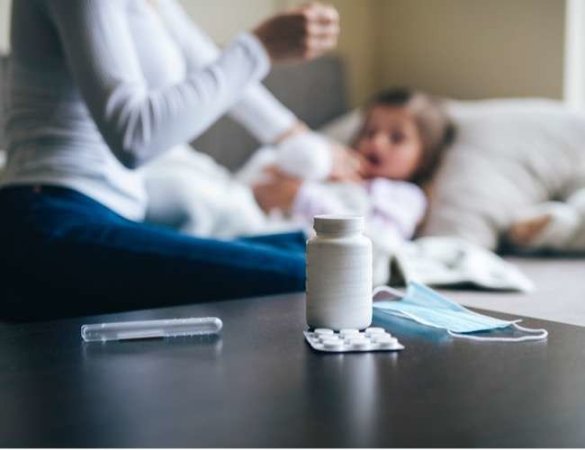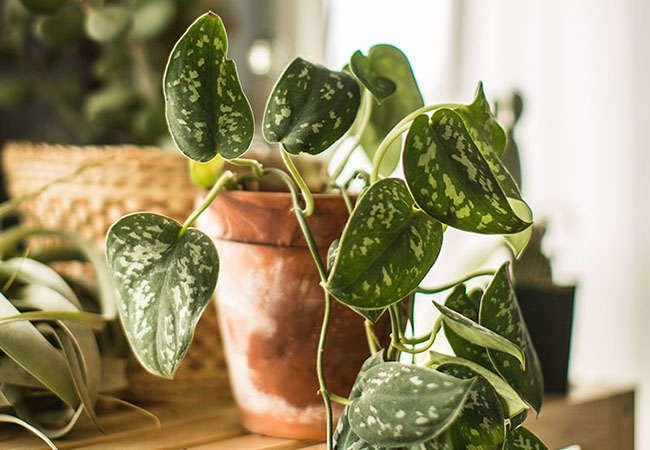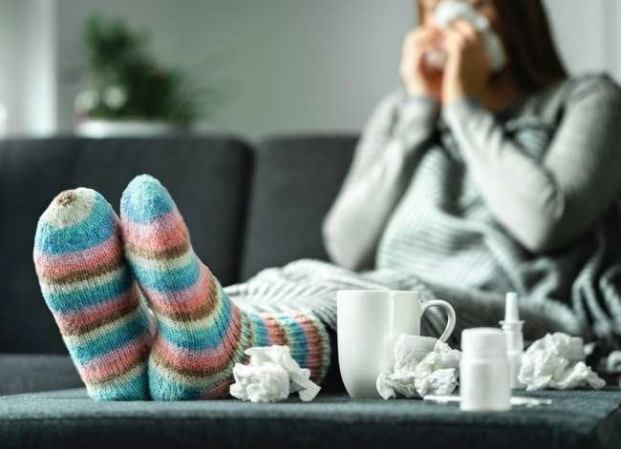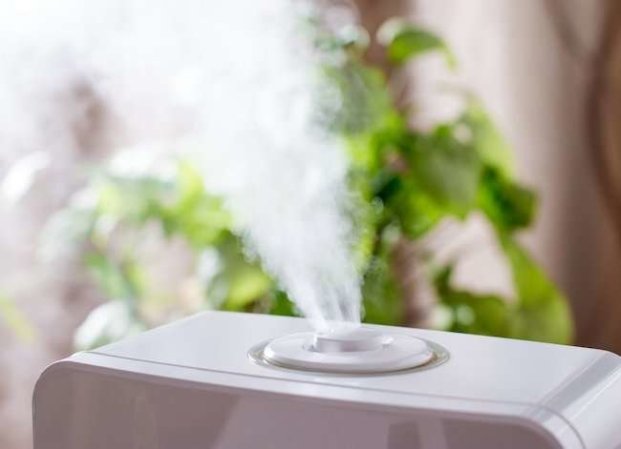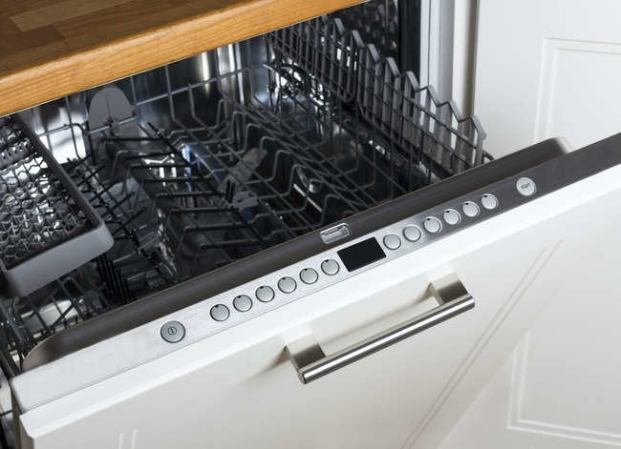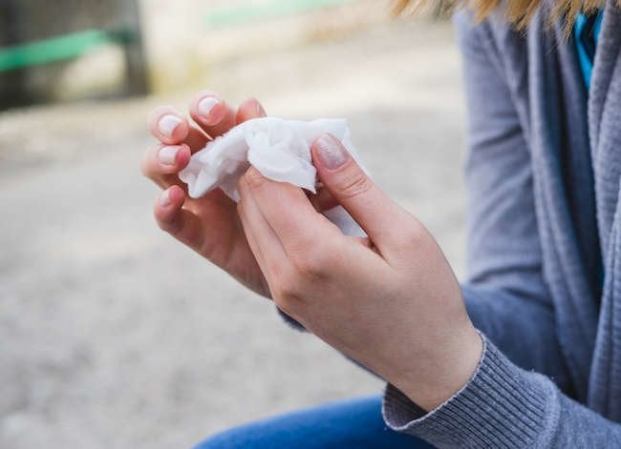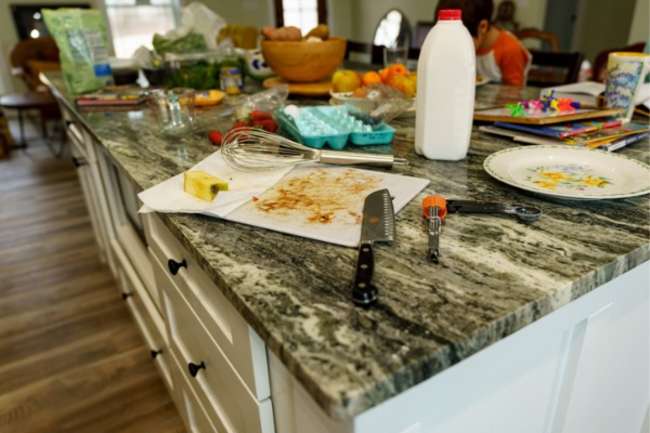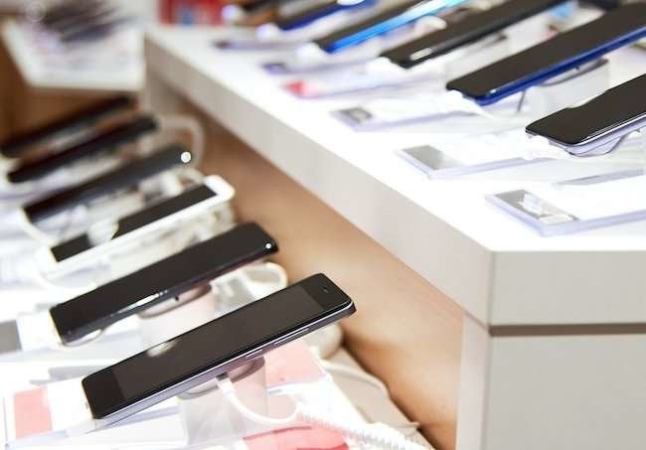We may earn revenue from the products available on this page and participate in affiliate programs. Learn More ›
Don't forget to wash your hands!
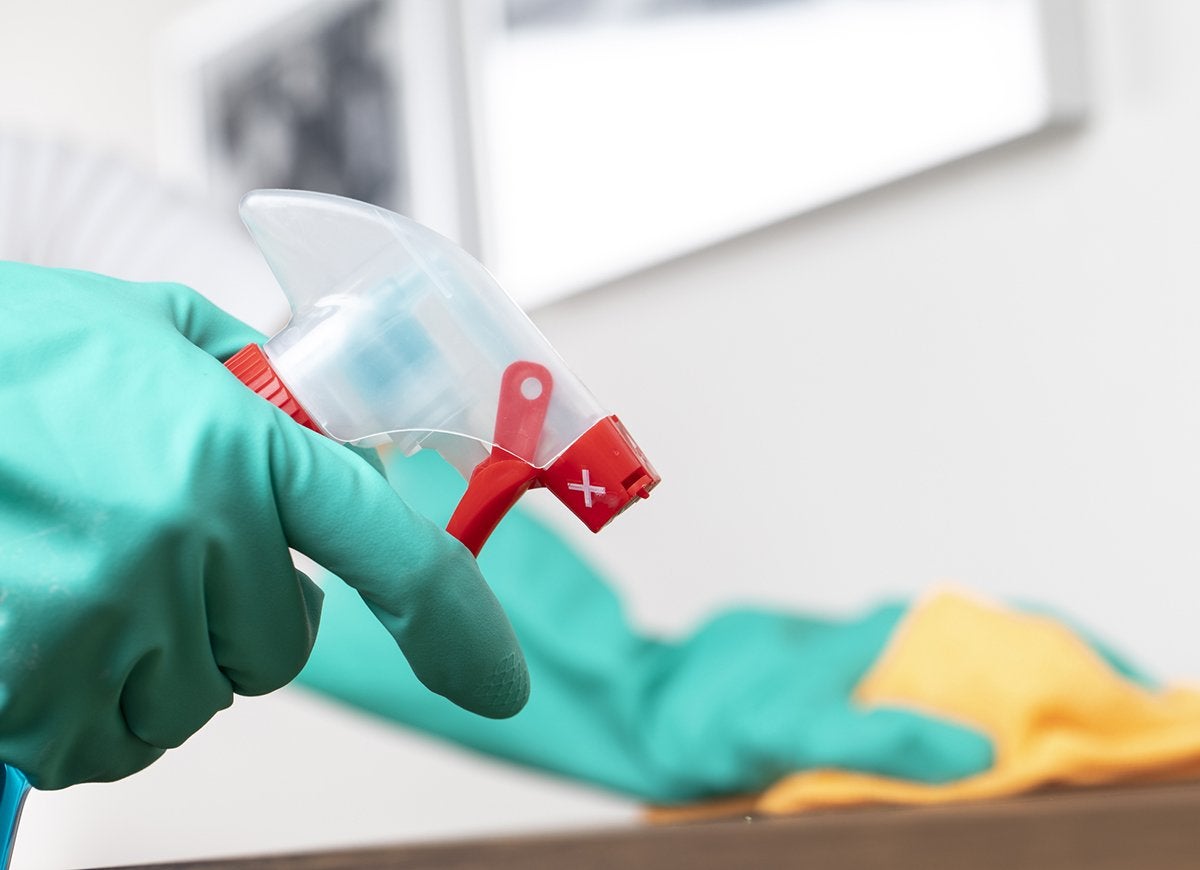
With the growing concern over the COVID-19 pandemic, people are increasingly aware of the importance of proper hygiene. Yet washing your hands goes only so far, especially if you fail to properly clean all the grimy surfaces in your home. While COVID-19 transmission mainly occurs from person to person, typically via the transfer of respiratory droplets, there’s no question that keeping things clean is essential to staying healthy. It’s particularly important to clean certain spots in the home that are notorious germ magnets, and this is a smart idea not just during a pandemic, but all the time. So, as part of your cleaning routine, pay special attention to these 14 crucial surfaces to limit your exposure to a multitude of pathogens.
Doorknobs
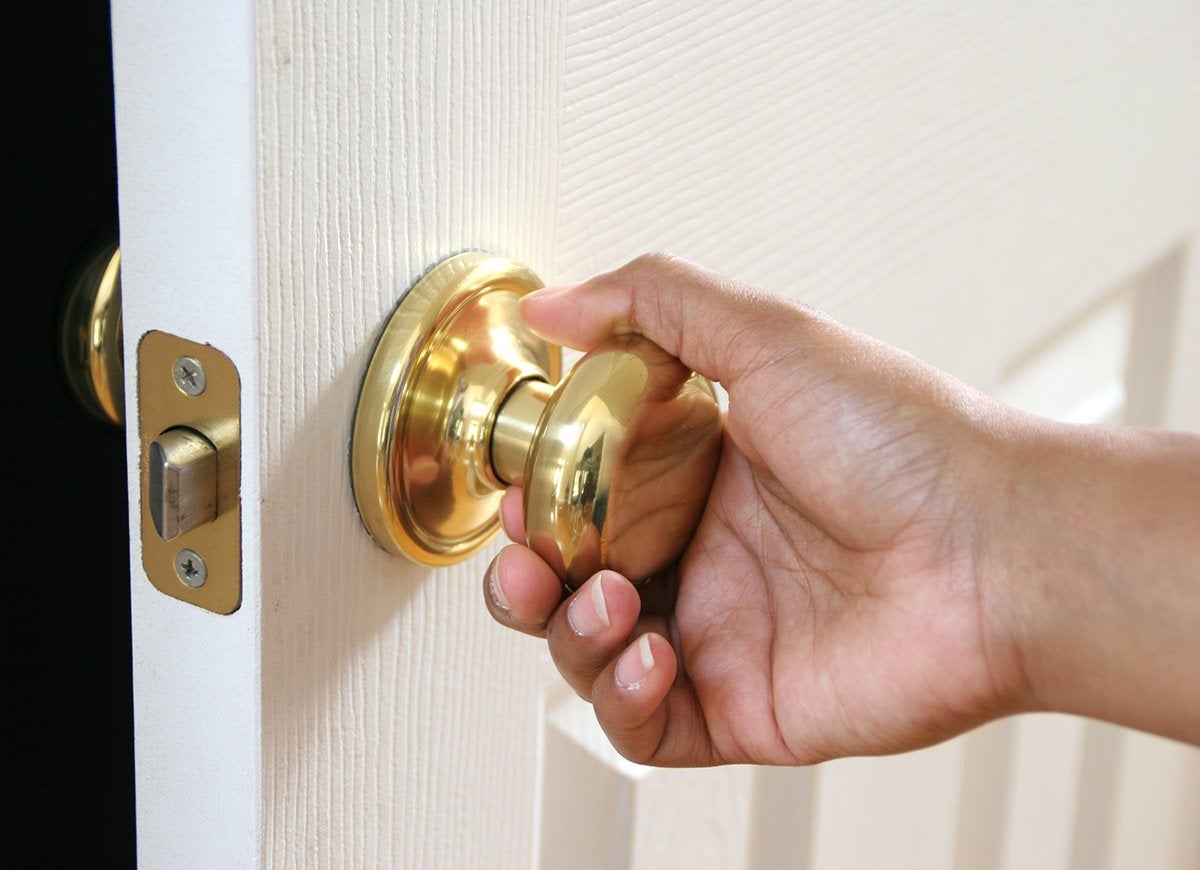
We touch doorknobs constantly, entering and exiting the house, and opening and closing bedroom and bathroom doors, closets, and pantries. Doorknobs “are by far the dirtiest surfaces we touch daily,” says Nikola Djordjevic, M.D., cofounder of HealthCareers. While soap and water are recommended for ridding surfaces of this viral intruder, alcohol-based wipes are convenient for cleaning off awkward-shaped items like handles and knobs. If you can’t find wipes in stores or online, make your own using isopropyl alcohol and paper towels.
Faucets and Sinks
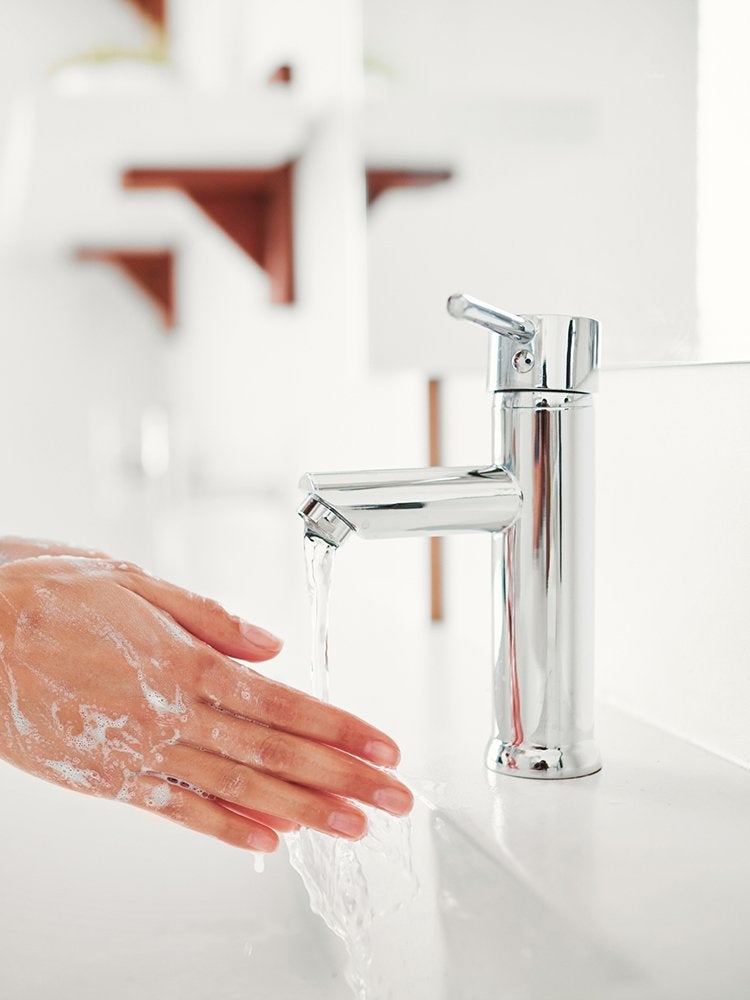
Every time we wash our hands, we touch the faucet handles and the sink, potentially leaving behind bacteria, viruses, and other germs. To make sure these surfaces don’t become sources of infection, be sure to include them in your daily cleaning routine. Use a brush to scrub the nooks and crannies around the sink, and choose a bathroom cleaner that contains bleach, if possible Just be careful not to wipe your hands on your clothes during or after cleaning as this may leave behind stains.
Related: 11 Ways to Flu-Proof Your Home
Light Switches
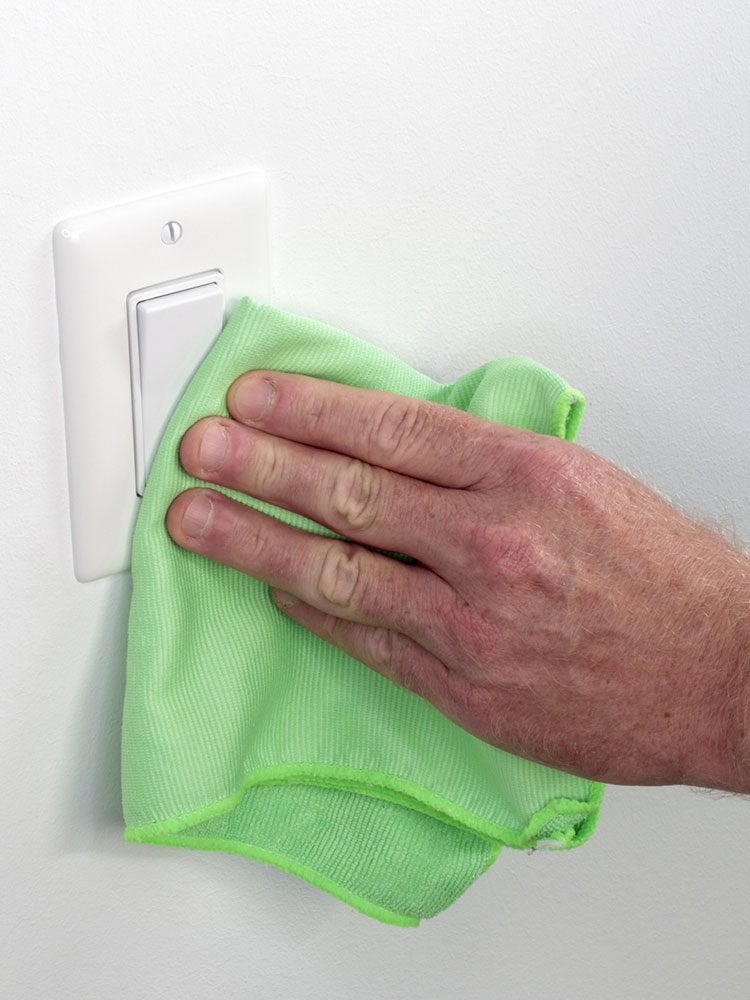
Unless your home contains a legion of smart bulbs, you probably find yourself flicking switches on and off throughout the day. Use wipes to clean off light switches every day, and if you switch on a light while you’re preparing food, give it a good wipe afterward.
Drawer Knobs and Pulls
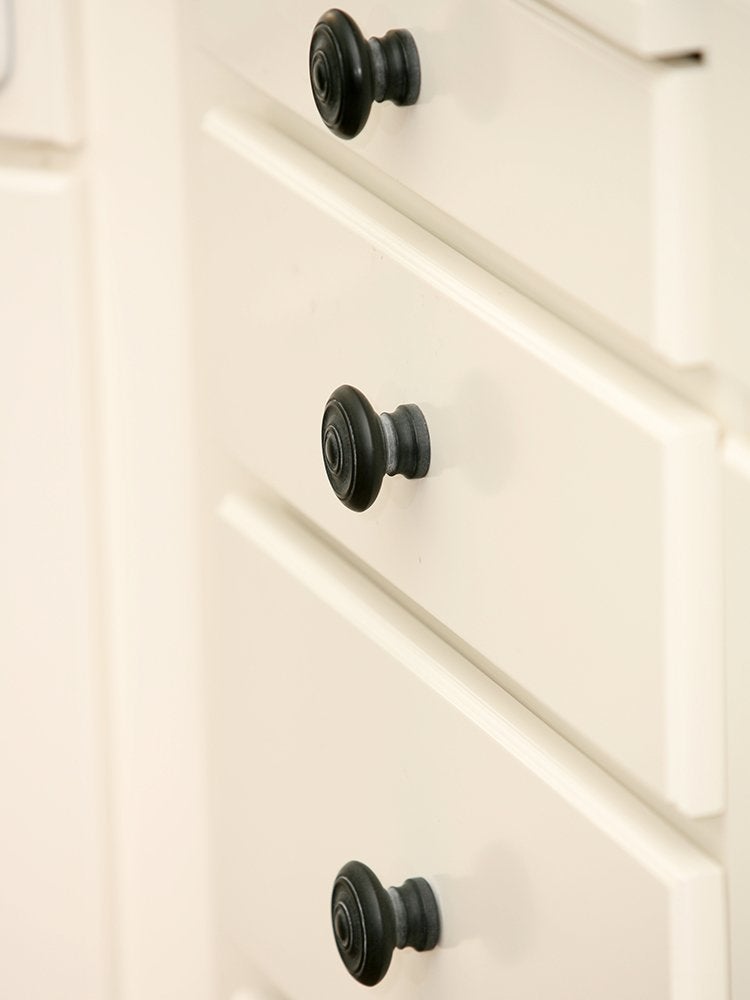
Need a spoon to stir that pot of pasta sauce? Need a few batteries for your computer mouse? Whatever you need, chances are you’re going to pull it out of a drawer, and you could be transferring germs in the process. Use a damp cloth and all-purpose cleaner to wipe down your kitchen—knobs and pulls included. Don’t forget to clean off other household drawers too.
House and Car Keys
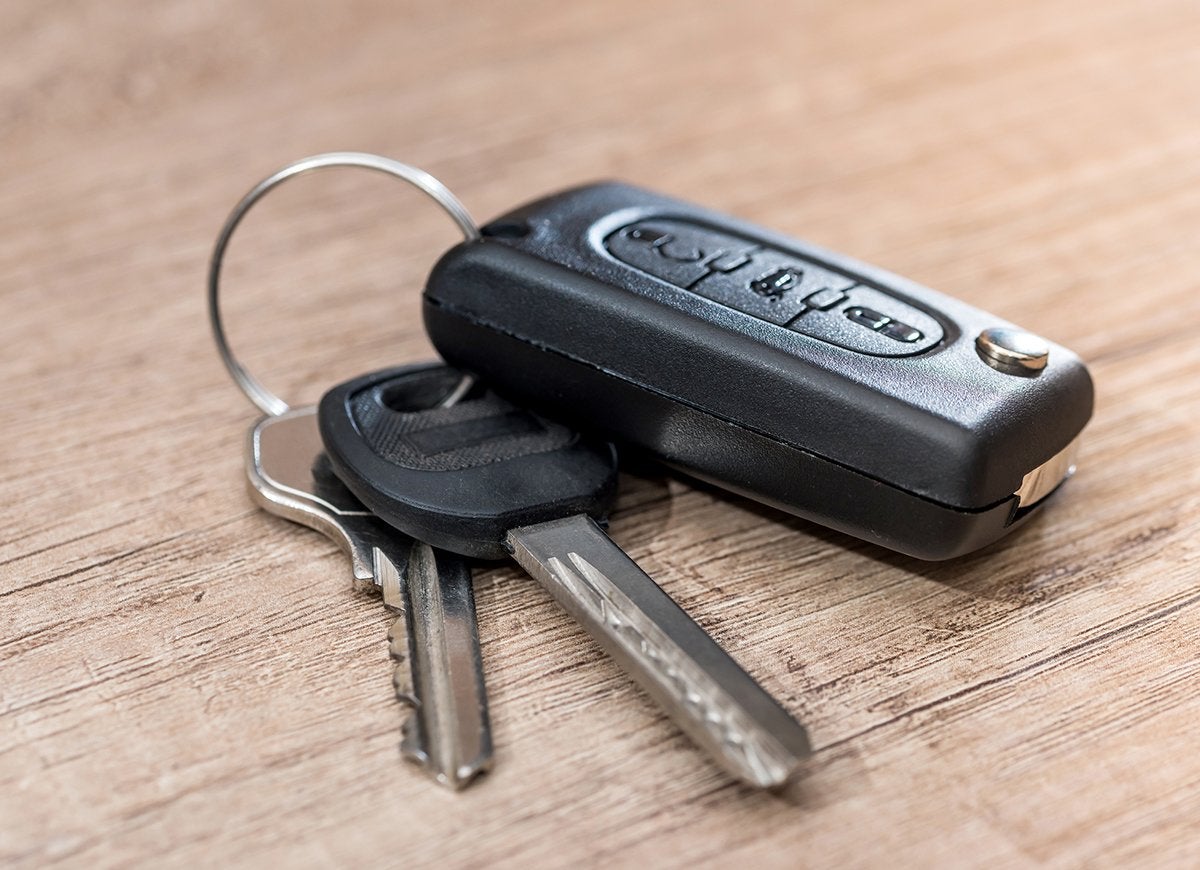
Every time you leave your house, you bring your keys with you—and those keys are picking up plenty of pathogens along the way. When you return home, avoid setting your keys on the countertop or table. Store them on a hook instead, and wash them off in the sink using soap and water before hanging them up.
Phones

Your phone may not be covered in any visible grime, but it is most likely dirty all the same. Phones find their way into the bathroom, we squish them against our faces, and we seldom clean or disinfect them. Dr. Djordjevic reveals that the surface of our phones harbors “more than 25,000 bacteria per square inch.” As soap and water can damage your precious electronic gadget, it’s best to use alcohol wipes that contain 70 percent isopropyl alcohol or a UV phone sanitizer (like this sterilizer box, available on Amazon). Just be sure not to get any moisture in your phone’s ports, jacks, or other openings.
Countertops
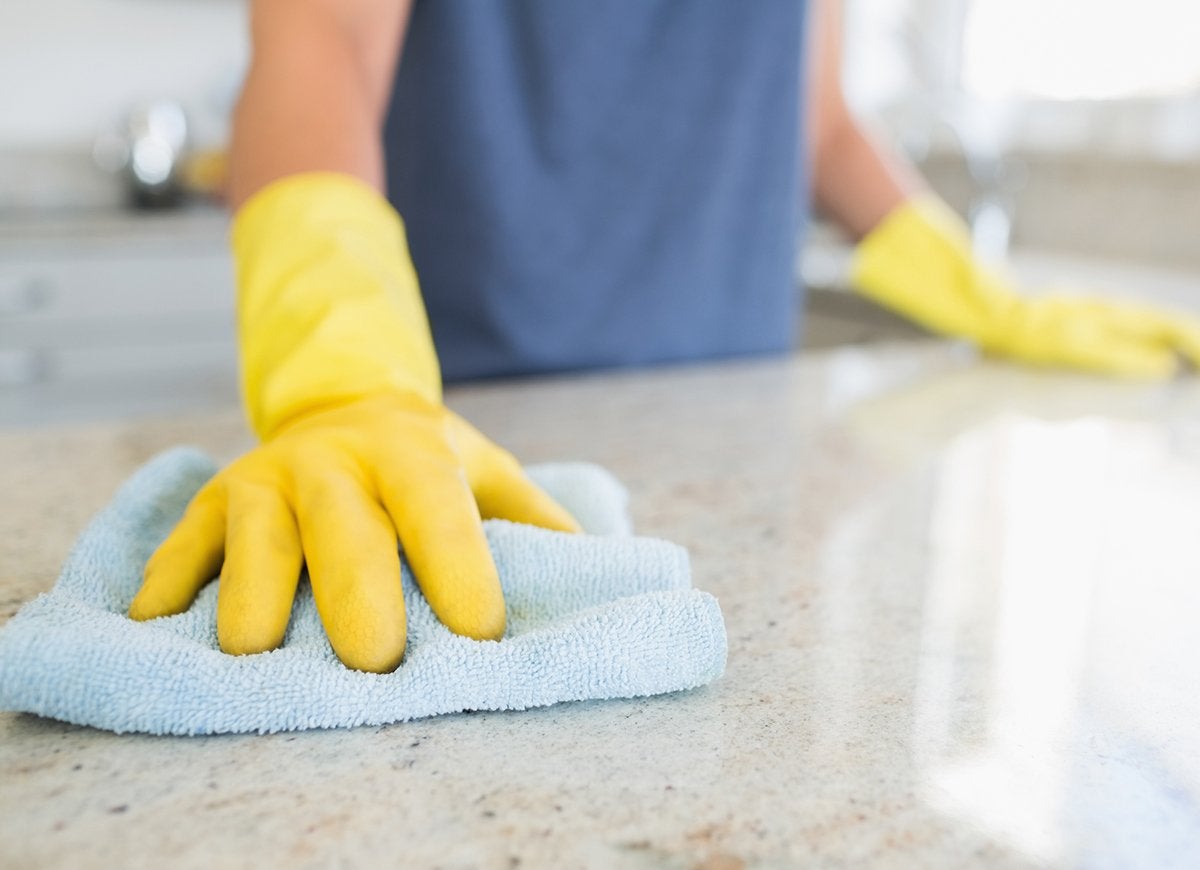
Not only do raw foodstuffs leave behind nasty bacteria all over our countertops, but we often place germ-laden items like cellphones, Amazon packages, mail, and gloves on these surfaces. After meals, clean countertops with a spray designed to eliminate harmful pathogens like E. coli.
Related: The Dirty Dozen: 12 Places You Probably Never Clean But Definitely Should
Your Office Desk
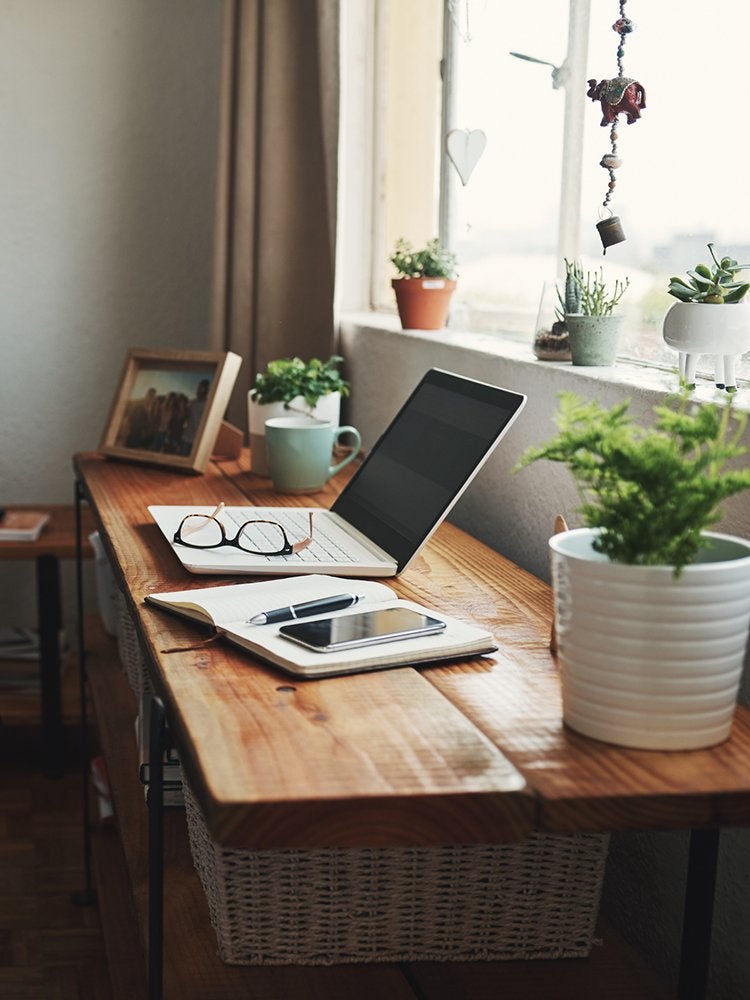
If your desk is covered with stacks of paper and supplies, you’re unlikely to notice how dirty its surface has become. Start by tidying up, throwing out clutter and stowing important items, then wipe the desk surface with an all-purpose cleaner. If your desk is made of real wood, check the label to make sure the product you’re using is safe for use on wooden surfaces, then test the cleaner on an inconspicuous part of the desk before applying it to the entire piece.
Keyboard
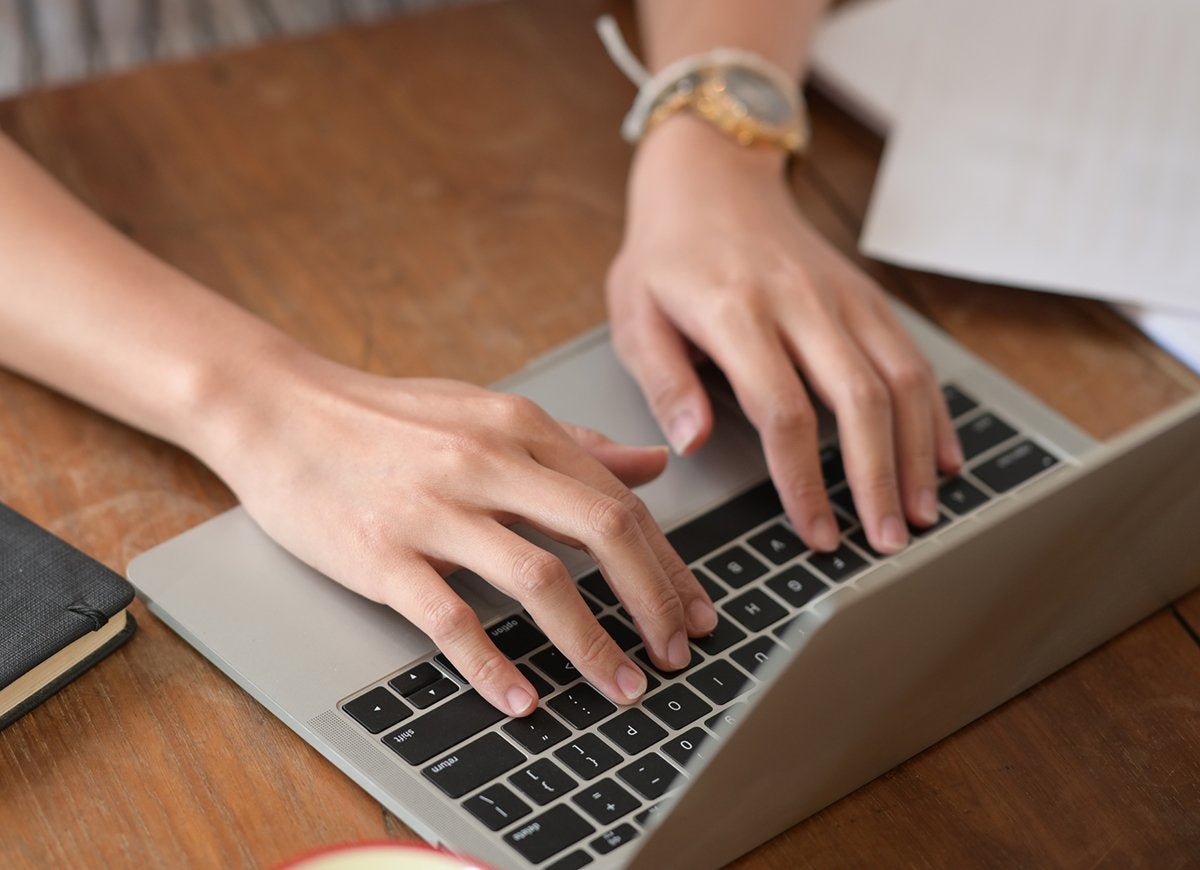
When was the last time you sanitized your computer’s keyboard? This is yet another extremely dirty but often neglected surface. Like your phone, your keyboard shouldn’t be cleaned with soap and water, so use alcohol-based wipes instead. To dislodge embedded dirt and debris, try a keyboard cleaner like this OXO Good Grips laptop cleaning tool, available on Amazon).
Related: Grime Fighters: 11 Ultra Powerful Products That Cut Your Cleaning Time in Half
Toilet

The throne of the house is also one of its dirtiest surfaces—for obvious reasons. Use a toilet-specific cleaning product to get rid of dirt, grime, and bacteria, and be sure to wipe down the entire toilet, from top to bottom. Don’t forget to clean the floor and wall around the toilet.
TV Remote
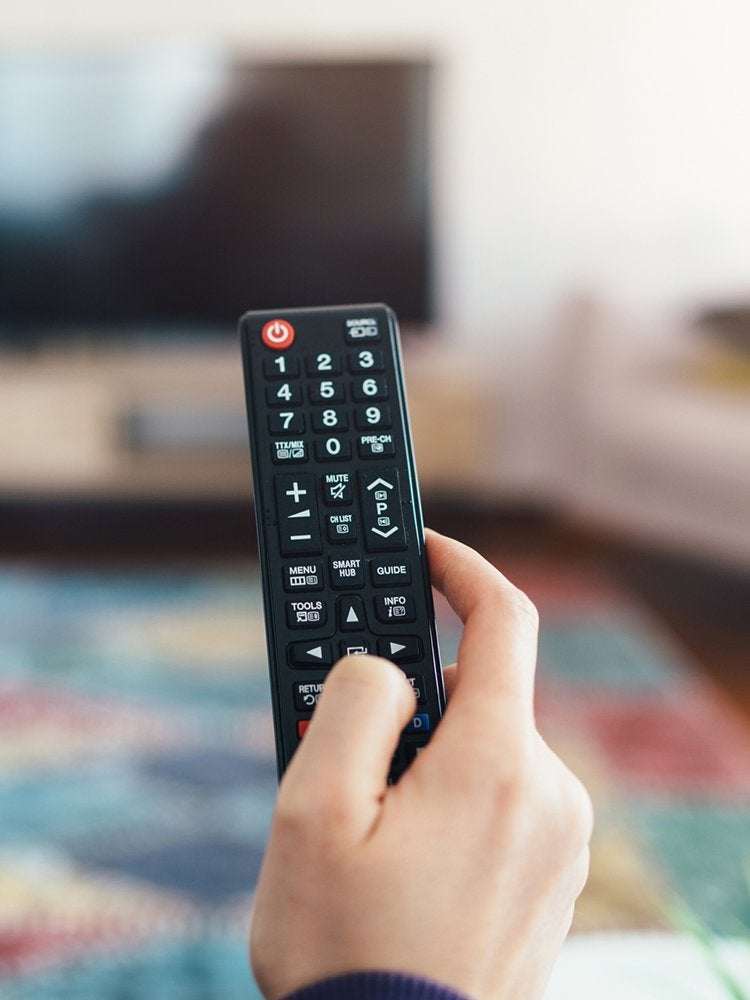
Unless you’re regularly using a voice-controlled smart TV, you’re picking up your TV remote every time you crash on the couch to catch up on your favorite shows. Remotes are among the dirtiest objects in the house, and if you tend to eat in front of the TV, your remote is probably sticky as well. Like other electronics, your remote should be cleaned with an alcohol-based wipe.
Toothbrushes and Accessories
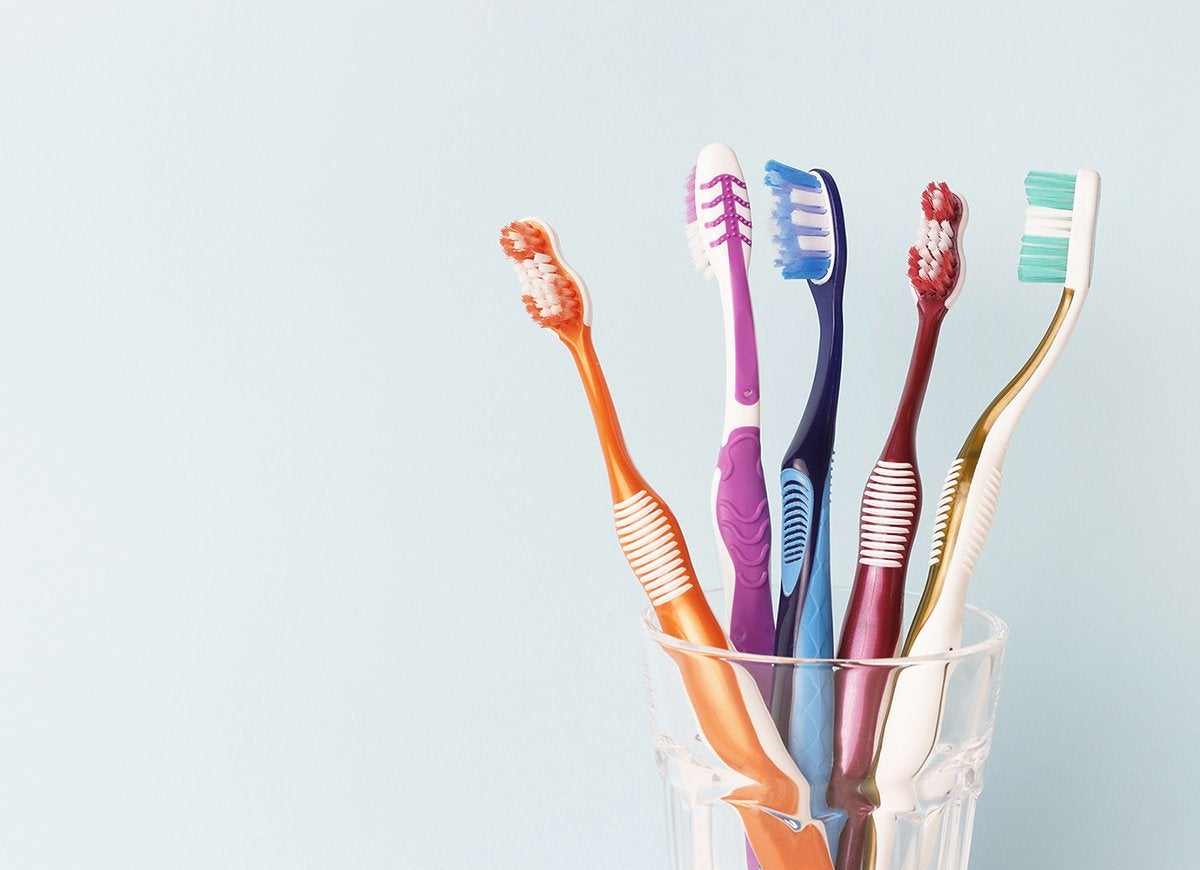
Don’t forget to disinfect the things that regularly come into contact with your mouth! Advice from Cranford Dental in South Carolina includes washing your hands before you brush your teeth, cleaning toothbrushes regularly, and rinsing off your toothbrush after brushing. The easiest way to disinfect your toothbrush and toothbrush holder? Run them through the dishwasher.
Fridge Exterior
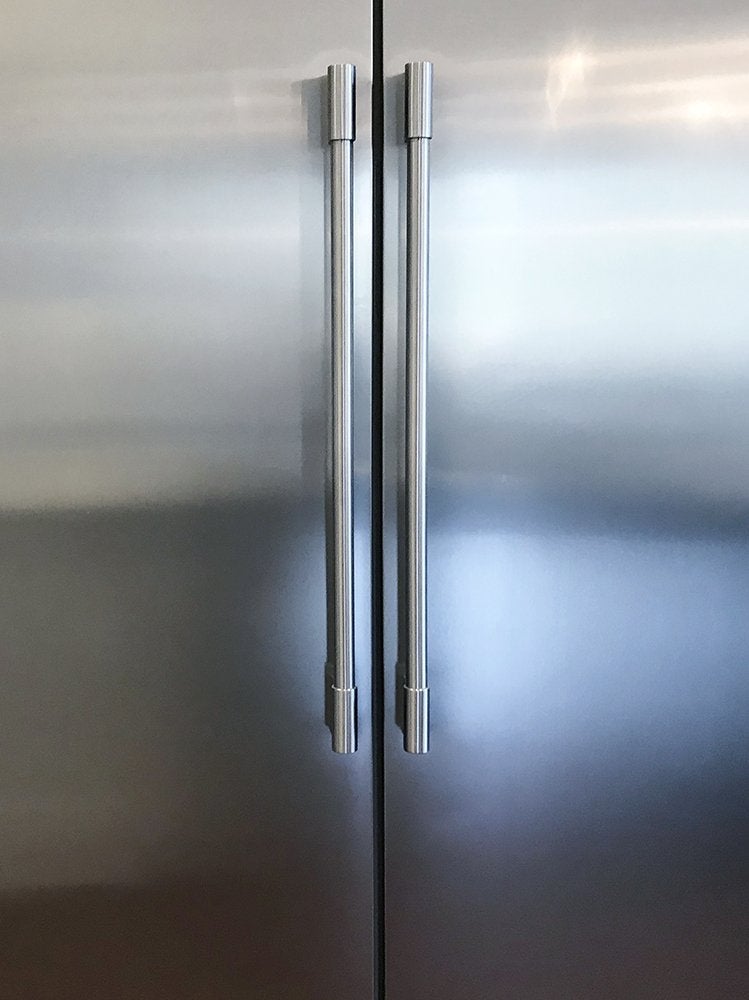
When your tummy is rumbling and you’re reaching for the fridge, the last thing you’re probably thinking about is where your hands have been. While we’re used to washing our hands before eating, we’re not accustomed to washing our hands before opening the fridge. To prevent germs from traveling from the fridge to your hands, wipe down fridge handles regularly with a damp cloth and soap and water (or an all-purpose cleaning spray).
Fitness Equipment
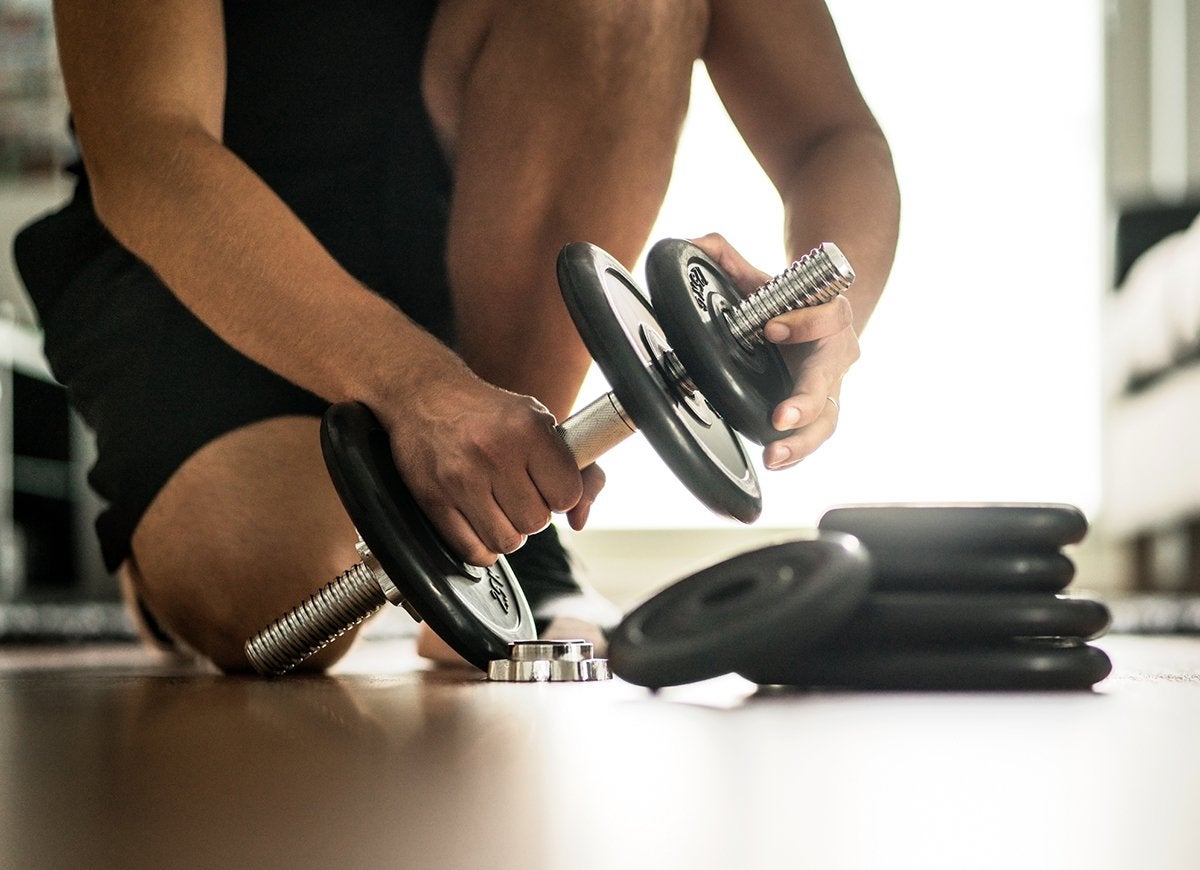
Working out feels good, but it also covers your fitness equipment in sweat and germs. Even if you’re not sharing your dumbbells or weight bench with anyone else, you should wipe down those surfaces regularly with a disinfectant spray to prevent bacterial growth and banish foul odors.
